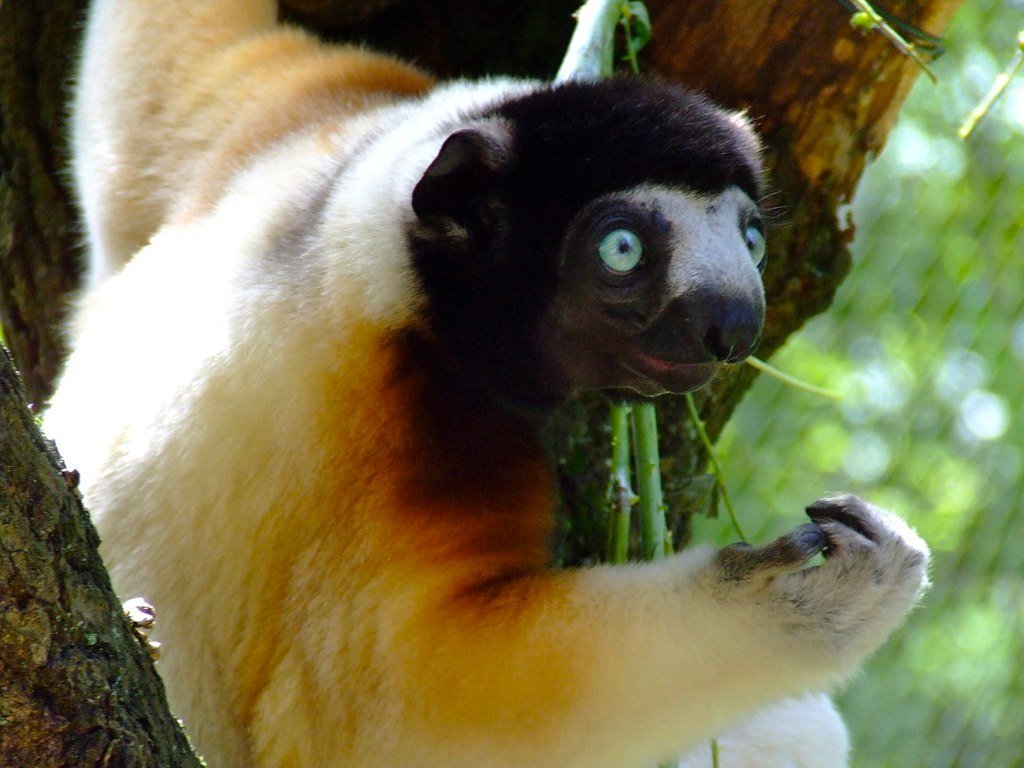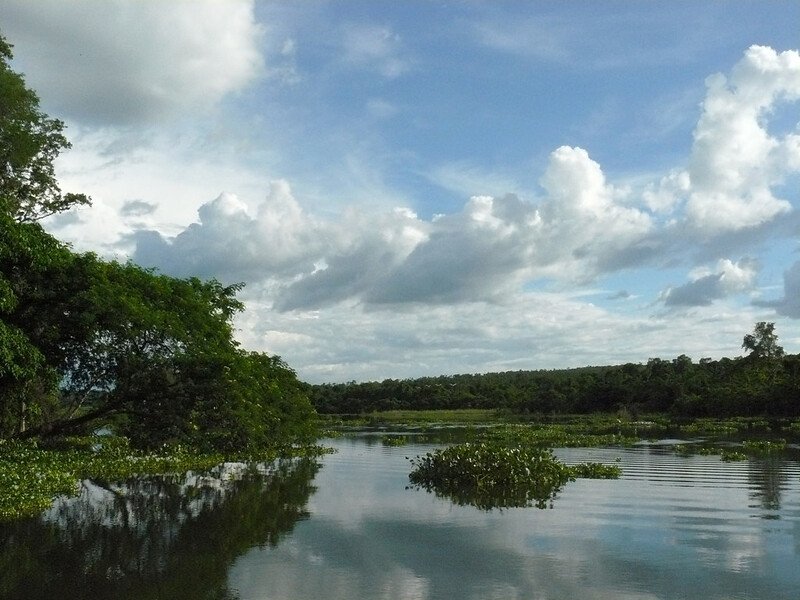Conservation efforts in Madagascar’s forests have led to a small rise in the numbers of two Critically-Endangered lemurs. Hailed as a success of the year, the International Union for the Conservation of Nature (IUCN) also celebrated the increase in numbers of another lemur species in the same area, totaling 48 new individuals.
Representing a rounding error in terms of Earth’s total landmass, Madagascar nevertheless commands incredible attention due to its biodiversity. Yet despite this, poverty and weak governance cause masses of forests to be lost every year, depriving the island’s iconic lemur species of their habitat.
According to Global Forest Watch, the forest around the Maevatanana-Ambato-Boeny Wetlands has lost 17% of its initial cover over the past 20 years. Fire, illegal logging, and the conversion of forests into agricultural areas or pastures for livestock are the known causes of this degradation.
These wetlands run through the Ankarafantsika National Park, one of the country’s richest and most successfully-managed dry forests, and home to multiple lemur species; including an estimated 47,000 Conqueral’s sifakas. Deforestation has been increasing in the park since the 2009 coup d’état, notably this year when two fires scorched about 35 square miles (90 square kilometers), or around 6.6% of the park’s total area.
Before 2009 the forest had remained largely undisturbed since its creation in 1920, reports Mongabay. Now the IUCN, The Aspinall Foundation, and the Missouri Botanic Garden’s programs in Madagascar are trying to target fires, which are often set accidentally by locals, as a way of saving both the forests and their lemurs; and they have some heartening news to report.




